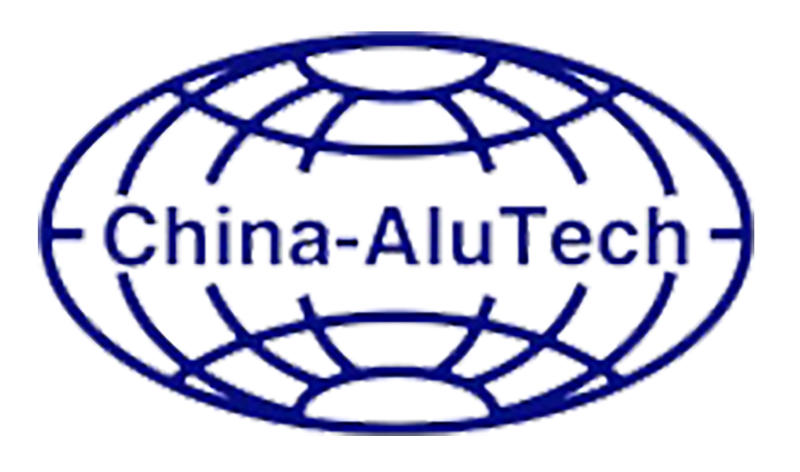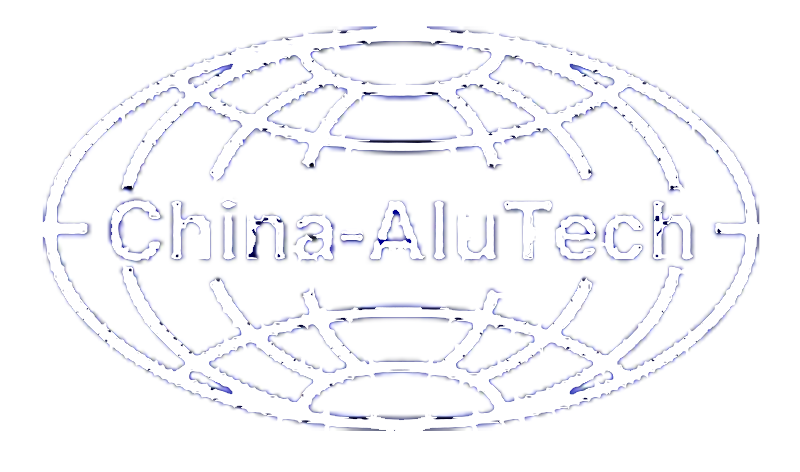wie man Aluminiumprofile verbindet
wie man Aluminiumprofile verbindet
Aluminiumprofile werden aufgrund ihrer Stabilität, Anpassungsfähigkeit und der Überzeugung von Montage im Bau- und Industriebereich weit verbreitet. Dieser Prozess bestimmt die Integrität und Funktion des Endprodukts, egal ob man einen schweren Rahmen für die Anlagen, ein schlankes Profil für einen Tisch oder eine Anzeige oder ein leichtes Molekül für ein Luftfahrtteil baut. In diesem Artikel werden wir uns mit den Aluminiumverbindungsverfahren vertraut machen, die Ihnen Stärke und Präzision in Ihrer Arbeit verleihen.
Was Sie über Aluminiumprofile wissen müssen
Vor der Erörterung der Verbindungsmethoden soll mehr darüber verstanden werden, was Aluminiumprofile sind und wie sie verwendet werden. Aluminiumprofil ist eine Art von Aluminium, das unterschiedliche Formen aufweist, die mit anderen Elementen verstopft oder abgestimmt werden können. Aluminium ist unglaublich beliebt, weil es die inhärenten Eigenschaften von Aluminium erbt es ist leicht, stark, korrosionsbeständig und bearbeitbar was bedeutet, dass Aluminium perfekt für eine unglaubliche Anzahl von Anwendungen geeignet ist.
Auswahl des richtigen Verbindungstyps
Die Verbindung von Aluminiumprofilen kann auf verschiedene Arten erfolgen, wobei der beste Weg von der Anwendung, der Lastklasse, dem Wunsch nach einem ästhetischen Finish sowie der natürlichen Umgebung abhängt, in der das Profil aufgetragen wird. Mechanische Befestigung, Schweißen und Klebeaufbau sind einige beliebte Beispiele für diese Verbindungstechniken. Als nächstes werden wir die Vor- und Nachteile jeder Methode durchgehen.
Mechanische Befestigung: Flexibel und wiederverwendbar
Die mechanische Befestigung ist eine weit verbreitete Methode zur Befestigung verschiedener Profile, eine flexible Methode. Mechanische Befestigung ist bevorzugt, weil es einfacher ist, sie anpassen zu können und keine speziellen Werkzeuge oder Fähigkeiten erfordern.
Verschrauben und Schrauben
Einfache zweierlei Bolt / Schraube einfach Bohren & Tippen Löcher in Konten und Schraube / Schrauben es. Dies erleichtert Anwendungen, die die Verbindung für Wartungs- oder Modifikationszwecke auseinanderlegen und wieder verbinden müssen.
Nieten
Ein weiterer mechanischer Prozess ist das Faszinieren. Nieten sind eine von Natur aus starke, wenn auch nicht leicht auseinandernehmbare, gebundene Verbindungsmethode, sind auch leichter als Bolzen und werden normalerweise in Anwendungen verwendet, bei denen die Profile nicht aufgelöst oder zu einem späteren Zeitpunkt angepasst werden müssen.
Spezialisierte Verbindungen
Wenn Sie es in Ihrem Fitnessstudio einheimischer aussehen lassen möchten, haben einige spezielle Steckverbinder für Fitnessstudio, die in T-Schlittenkanäle passen, die auf Aluminiumprofilen zu finden sind. Sie geben ein sauberes, nahtloses Erscheinungsbild, sind aber dennoch stark genug, um in Strukturanwendungen verwendet zu werden.
Schweißen Das stärkste dauerhafte Gelenk
Schweißen: Dieser Prozess der Verbindung von Aluminiumprofilen erfolgt durch Erhitzen der Profilkanten, Zusammenführen und Schmelzen. Es wird hauptsächlich verwendet, wenn die Gelenke als dauerhaft an Stellen betrachtet werden, an denen ein sehr hoher Festigkeitsgrad gewünscht wird. Das Schweißen von Aluminium umfasst im Allgemeinen das Schweißen mit einem Verfahren des TIG-Schweißens (Tungsteninertgas), MIG-Schweißens (Metallinertgas) usw.
TIG-Schweißen
Das TIG-Schweißen ist die genaueste Technik überhaupt und wird für dünnere Profile und empfindlichere Arbeiten verwendet. Es erzeugt einheitliche, schöne Schweißungen und genügt für kleine kundenspezifische Fertigungen.
MIG-Schweißen
Wenn wir das MIG-Schweißen mit dem langsameren Verfahren des Tig-Schweißens vergleichen, dann ist das MIG-Schweißen viel schneller und wird daher für größere Profile und größere Projekte bevorzugt. Sie ist weniger genau, aber für die Produktion in großen Mengen schneller.
Vorteile der Bindung: zwei schöne Dinge Ästhetik & eine homogene Belastungsverteilung
Klebeaufbau: Dies ist ein Verbindungsprozess, bei dem ein chemischer Klebstoff auf die Aluminiumprofile aufgetragen wird. Da die Oberfläche des Profils in dieser Anwendung intakt bleibt, ist es eine perfekte Lösung für ästhetisch integrierte Anwendungen. Denn die Spannung wird durch die Klebebindung über die Gelenkflächen gleichmäßiger verteilt als bei den lokalen Spannungspunkten, die für mechanische Befestigung und Schweißen typisch sind.
Oberflächenvorbereitung
Wenn man eine gute Haftung haben will, ist die Oberflächenvorbereitung der Schlüsselfaktor. Die Bindungsoberflächen werden in der Regel gereinigt und getrocknet, manchmal auch zerrüttet.
Die richtige Klebstoffart wählen
Beispiele für Aluminium-Bindekleber sind Epoxide, Acryl und Polyurethan. Welcher Klebstoff wird sich an den Anforderungen der Anwendung orientieren: Temperaturbeständigkeit, Tragfähigkeit und Umweltaspekte, um nur einige zu nennen.
Der beste Weg, sich zu beteiligen Abschluss
Es geht um die Kunst und speziell um die Anwendung beim Verkleben von Aluminiumprofilen. Die mechanische Befestigung bietet Vielseitigkeit und einfache Demontage; Schweißfestigkeit und Kontinuität, Klebebefestigung ein glattes Finish und eine Verteilung der Spannung. Aber die beste Methode für Ihr Projekt ist eine, die die Stärken und Grenzen der anderen Methoden nutzt und dadurch Langlebigkeit, Genauigkeit und Nützlichkeit erzeugt.
Wenn Sie also Ingenieur, Designer oder UI/UX-Enthusiast sind, ist es immer gut zu wissen, wie man Extrusionsanlagen miteinander verbindet, um nützliche Strukturen zu bauen!! Profil-Aluminium: geeignete Materialauswahl Wenn es so ist, wird es mit Vorsicht und der entsprechenden Vorplanung für neue Innovationen und für die Konstruktionen von Effizienz und Eleganz brauchbar.

 EN
EN








































